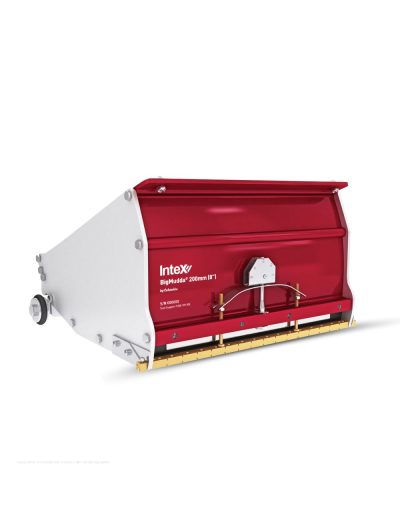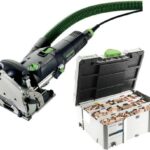Straining paint is a process that involves filtering out any...

First of all how did Taping Tools come about in the plastering world?
The first drywall taping tools came to life in 1939, in Georgia, USA, when painting and plastering brothers Robert and Stan Ames were trying out new ways to finish drywall.
Their first invention was the Corner Shoe which applied joint compound to the seams using simply air pressure and a long hose. The Ames brothers later went on to bring out an early version of the Bazooka in 1945, which, weighing more than 100lbs, was a lot heavier going than the lightweight taping tools that are around today.
As the world moved away from wartime, the first drywall boxes and nail spotters were created in 1951 and in 1954 the automatic taper was invented by Robert Ames.
The brothers then went on to sell their company in 1962 to Illinois based Bliss and Laughlin Industries for a whopping $5.2 million dollars and it was renamed Axia Incorporated in 1982.
In the early 1960s, many of the patents that were filed by the Ames brothers were starting to expire and other plastering tool manufacturers were beginning to be able to create versions of their own, which meant that some big competition was able to enter the marketplace.
As a result, not only was the job made easier for drywallers, but there was much greater choice and more pressure on the tool makers to continue to improve and develop things by creating something that was more and more effective each time.
The benefits of taping tools
As time progresses, Dryliners and DIY enthusiasts have seen some leaps forward in the kind of equipment they can use to get the job done consistently better. And there are many reasons why people would prefer to use an automatic taping tool, in no small part down to the more flawless finish that they can achieve. Here are a few more:
- Just the right amount of compound used, less wastage – and as a result, no sanding it all off at the end because you’ve used too much.
- Safer – Because the tools can reach up high into the hard to reach places which reduces the need for ladders and stilts that can lead to accidents.
- Get the job done quicker – not only do you get to apply the compound and tape to a joint at the same time, you can finish both sides of a corner, meaning no more waiting around during drying times.
- Money saved – taking into consideration the initial cost of an automatic taping tool, this is soon outweighed by the better results achieved and time saved.
View our range of Automatic Taping Tools here – https://rstradecentre.co.nz/product-category/plaster-tools/automatic-taping-tools/
Blog credit – gypsumtools.
Like every trade a plasterers tools are what makes him/her...
You asked, we answered! Due to popular demand for a...
When it comes to woodworking, metalworking, or any...





